7 Best AI Image Generators in 2025 (Top Pick)


AI image generators are making it easier—and faster—for anyone to create professional visuals. These tools turn simple text prompts into high-quality images in seconds—used across marketing campaigns, product listings, social media graphics, digital ads, and publishing workflows.
For most teams, the core problem hasn’t changed: design work is slow, expensive, and often blocked by limited skills or resources. AI solves this by removing those barriers without any design software, no advanced skills.
Usage has grown by more than 80% this year. From product mockups and ad creatives to book covers and digital illustrations, AI image tools are now part of daily workflows for creators, marketers, founders, and agencies.
In this blog, we’ll break down the 7 best AI image generators in 2025 and help you choose the right one for your needs—whether you’re building solo or scaling with a team.
AI image generators convert text prompts into images using different types of machine learning techniques.

Prompt: “Cyberpunk cityscape with flying cars and neon advertisements in the rain” – Generated with GPT-4o
The creative potential is virtually boundless, limited only by your imagination, the AI’s comprehension capabilities, and safety filters designed to prevent misuse, copyright violations, and the generation of harmful content.
Today’s image generators use distinct technical architectures, each with its own strengths and limitations:
Depending on the model—Diffusion, Autoregressive, or Multimodal Transformer—the process can vary significantly.
GAN is also a popular image generation apporach. Lets cover how each works:
Most earlier AI image generators follow a diffusion process:
| Feature | Description |
|---|---|
| Generation Speed | takes multiple seconds |
| Accuracy to Prompt | Good, but can drift |
| Text inside Images | Poor to moderate |
| Multi-turn Interaction | Not native (new prompt needed) |

prompt: “a professional product photo of a smartwatch on a marble surface” – Generated with Stable Diffusion
DALL-E 3 introduced a slightly different architecture:
| Feature | DALL-E 3 Capabilities |
|---|---|
| Prompt Following | Strong |
| Fine Control | Moderate |
| Editing Existing Images | Supported |
| Multi-turn Changes | Limited (each edit re-initiates a generation) |
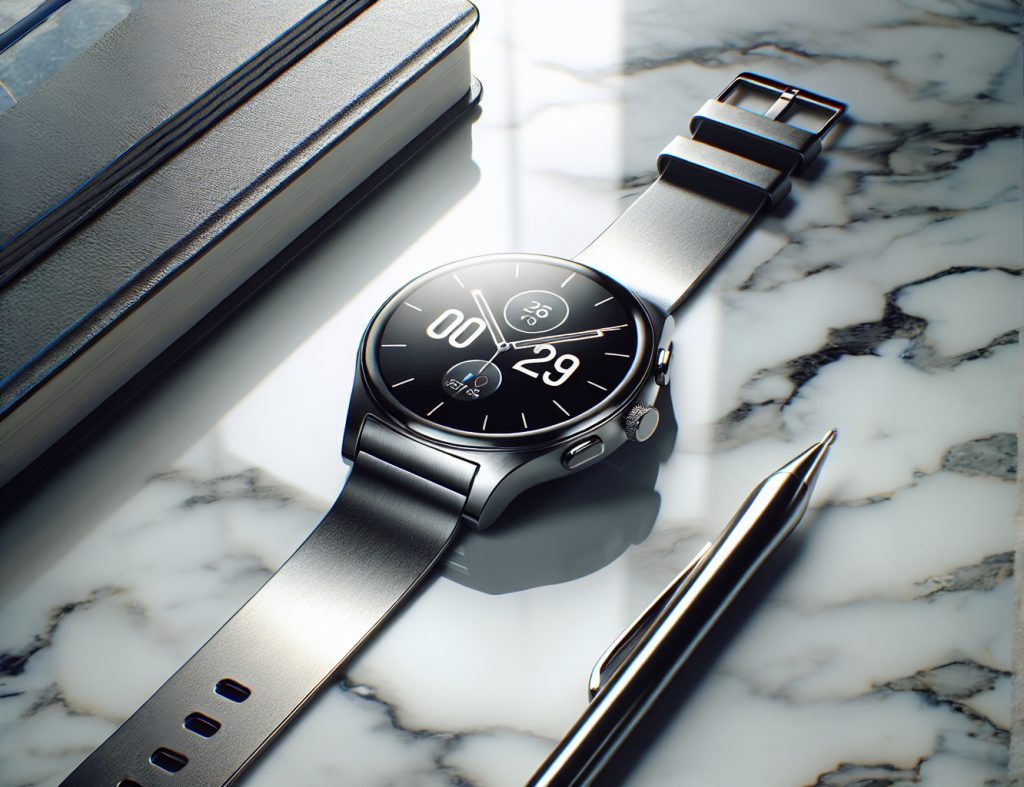
Prompt: “a professional product photo of a smartwatch on a marble surface” – Generated with Dalle3
GPT-4o introduces a completely new architecture for image generation:
| Feature | GPT-4o | Diffusion Models |
|---|---|---|
| Speed | Slower (due to multimodal transformer and decoding overhead) | Faster (especially optimized pipelines) |
| Prompt Following | Extremely accurate | Good to moderate |
| Text Rendering | High precision | Weak to moderate |
| Multi-turn Editing | Native (chat-based refinement) | Requires full regeneration |
| Consistency | Strong across steps | Limited (stochastic outputs) |
| Context Awareness | Strong (remembers conversation, images) | Limited (prompt only) |
| Style Adaptation | Wide (photo, infographic, sketch) | Moderate (model-dependent) |

Prompt: “a professional product photo of a smartwatch on a marble surface” – Generated with GPT-4o
Create a realistic landscape photo of mountains with a sunset in the background, dramatic lighting with warm colors
Simple interface with minimal learning curve
High-resolution output with minimal artifacts
Results in seconds, not minutes
Flexible plans that scale with your needs
Connects with your existing tools
Optimized for your specific needs
Choosing the right AI image generator isn’t just about features—it is about how well the tool fits into your workflow, team structure, and creative goals. The best tools strike a balance between speed, control, and usability.
Here’s what to look for:
A good image generator should work even if you don’t have a design background.
Low-quality output means extra work. You want clean, high-resolution visuals that are production-ready.
AI should speed up your work, not slow it down.
Cost shouldn’t become a blocker as you scale usage.
Seamless integration saves time and boosts consistency across your workflow.
Not all models are built for the same job.
Create high-quality visuals in seconds using the most advanced AI tools of 2025—no design experience required. These platforms are used by content creators, marketers, designers, and business teams to streamline image production at scale.
Here are 7 of the best AI image generators worth trying this year:

GPT-4o is OpenAI’s latest multimodal model, capable of generating images from natural language prompts—alongside text and vision capabilities.
| Capability | Improvement |
|---|---|
| Photorealism | Can create DSLR-quality photorealistic images |
| Text Accuracy | Correctly embeds text inside images |
| Multi-object Handling | Handles up to 10–20 objects per scene (previously 5–8) |
| World Knowledge | Uses its language model knowledge for realistic, context-aware outputs |
| Multi-turn Control | Edits and improves images over multiple chat prompts without inconsistencies |
| Style Versatility | Can match many styles: watercolor, risograph, cyberpunk, realistic portrait, cartoon, infographics |
| In-Context Learning | Understands and adapts to uploaded user images during generation |
Ideal Use Case: Best for generating high-quality text rich visuals within broader AI workflows or chat applications.
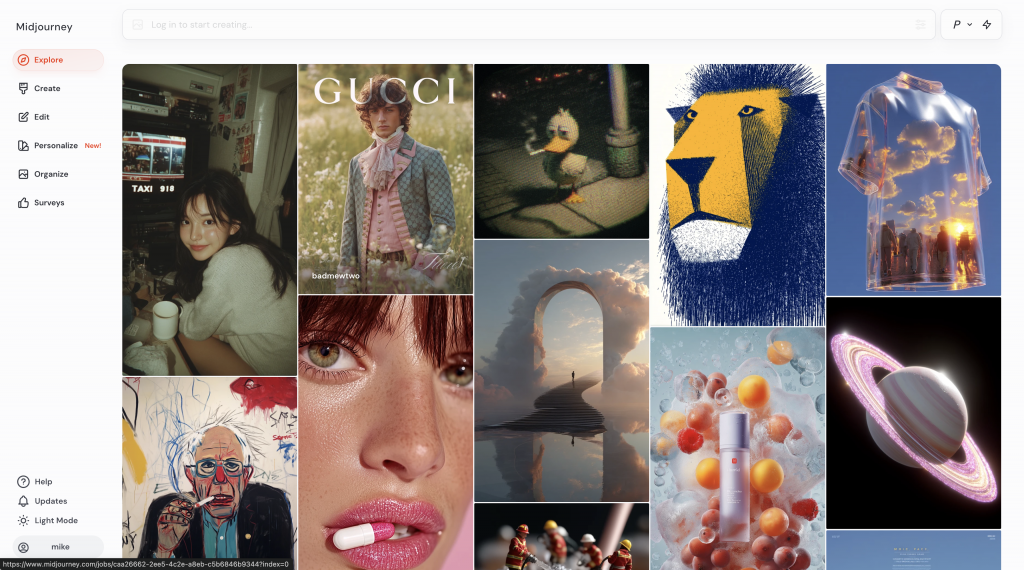
Known for rich, stylised, and artistic output, Midjourney is no longer limited to Discord. In 2025, it now also offers a web-based interface, making access simpler.
Ideal Use Case: Perfect for artists, designers, and creators looking for unique, stylized visuals.

Flux is a newer open-source, high-quality, photorealistic model that creates stunning images with ease. It offers full customisability and represents a significant upgrade in the image generation experience.

Stable Diffusion is a well-known open-source model that runs locally, giving you full control over the image generation process.
Ideal For: Developers, researchers, and teams looking for privacy, control, and deep customisation.

Google’s Imagen 3 model improves on realism, natural composition, and scene understanding.
Ideal For: Concept art, lifestyle imagery, or Google ecosystem use.

Built into Photoshop, Illustrator, and Express, Adobe Firefly is designed for professionals and brand-safe output.
Ideal For: Designers, agencies, and brand teams working on commercial content.

Ideogram excels at text rendering inside images—something most AI tools still struggle with.
Ideal For: Branded assets, typographic designs, and text-heavy visuals.
Now, let’s look at how you can start your own AI image generation business.
Creating AI-generated visuals shouldn’t be restricted to a single app or browser. With YourGPT, you can let users generate images directly inside WhatsApp, Telegram, Discord, your website, or any other supported channel—without writing a single line of code.
Most popular image models are locked behind web interfaces or geo-blocked in several countries. YourGPT changes that.
Using smart AI routing, you can connect to multiple image generators—like ChatGPT for Ghiblify artwork or Flux for photorealistic images—and automatically send each prompt to the best model for the job.
This means:
Whether you’re running a creative agency, building a visual tool, or adding image creation to a chatbot, YourGPT gives you the flexibility to deploy image generation anywhere your users are.
Get Started with our Image Generation AI Resource template
Deploy powerful image generation to your website, WhatsApp, Telegram, or any channel with no coding.
AI image generators are actively used across industries to speed up creative workflows, reduce reliance on manual design, and support faster decision-making. Businesses—large and small—are integrating these tools into daily operations to produce visuals that would otherwise take hours or days to create.
Here are some of the most practical and widely adopted applications:
Visual content drives every marketing channel—from paid ads to social media and emails. AI tools help teams move faster without compromising quality.
Common use cases:
In early product development, teams often need quick visual mockups to present concepts or explore directions before moving to high-fidelity designs.
Common use cases:
AI image generation is a cost-effective way to scale visuals for large product catalogs, promotions, and storefront assets—without the need for photoshoots or studio time.
Common use cases:
For creators, brands, and publishers, consistent visuals are essential—but creating them manually can slow down publishing cycles.
Common use cases:
Editorial teams often need original visuals when stock imagery isn’t specific enough or budgets don’t allow for commissioned artwork.
Common use cases:
Training teams and educators use visuals to improve learning outcomes—especially when explaining complex topics or building interactive content.
Common use cases:
Yes. Just type what you want in plain language. The tool handles the design part and gives you images within seconds.
That depends on the tool. Some allow full commercial use. Others may need a paid plan or license. Always check the usage terms before using the image.
Yes. Platforms like YourGPT let you link AI image tools to websites, WhatsApp, Telegram, or other apps—without writing code.
GPT-4o is for style matching, prompt adherence and best text quality. Midjourney is better for creating artistic and high quality detailed visuals.
Use Ideogram. It handles text inside images better than most tools. Great for posters, social media, or anything that needs clear words.
It depends on your goal. Flux For humans Photorealism, GPT-4o for prompt adherence, style matching and high quality text based outputs. For cute, photorealistic, creative designs with less prompting go with Midjourney. For starting from scratch Stable Diffusion. For business graphics go with Adobe Firefly.
Yes. YourGPT supports multi-step flows, so you can combine tools. For example, one step can generate the image, the next sends it on WhatsApp.
AI image generators are changing how teams create content. Instead of relying on designers or stock images, anyone can now turn ideas into visuals in seconds. This saves time, reduces costs, and speeds up content production.
Each tool serves a different need. GPT-4o and Flux are great for fast, everyday visuals. Midjourney offers creative styling. Adobe Firefly and Ideogram are better for branded designs. If you need full control, Stable Diffusion is the way to go.
Want to bring this to your users? YourGPT lets you connect these tools to your chatbot, website, or messaging apps—no coding required. It’s a quick way to offer visual creation on demand.
As visual content becomes more important, AI tools like these help you move faster and stay ahead.
Join thousands of businesses transforming with AI.
No credit card required • Full access • Cancel anytime
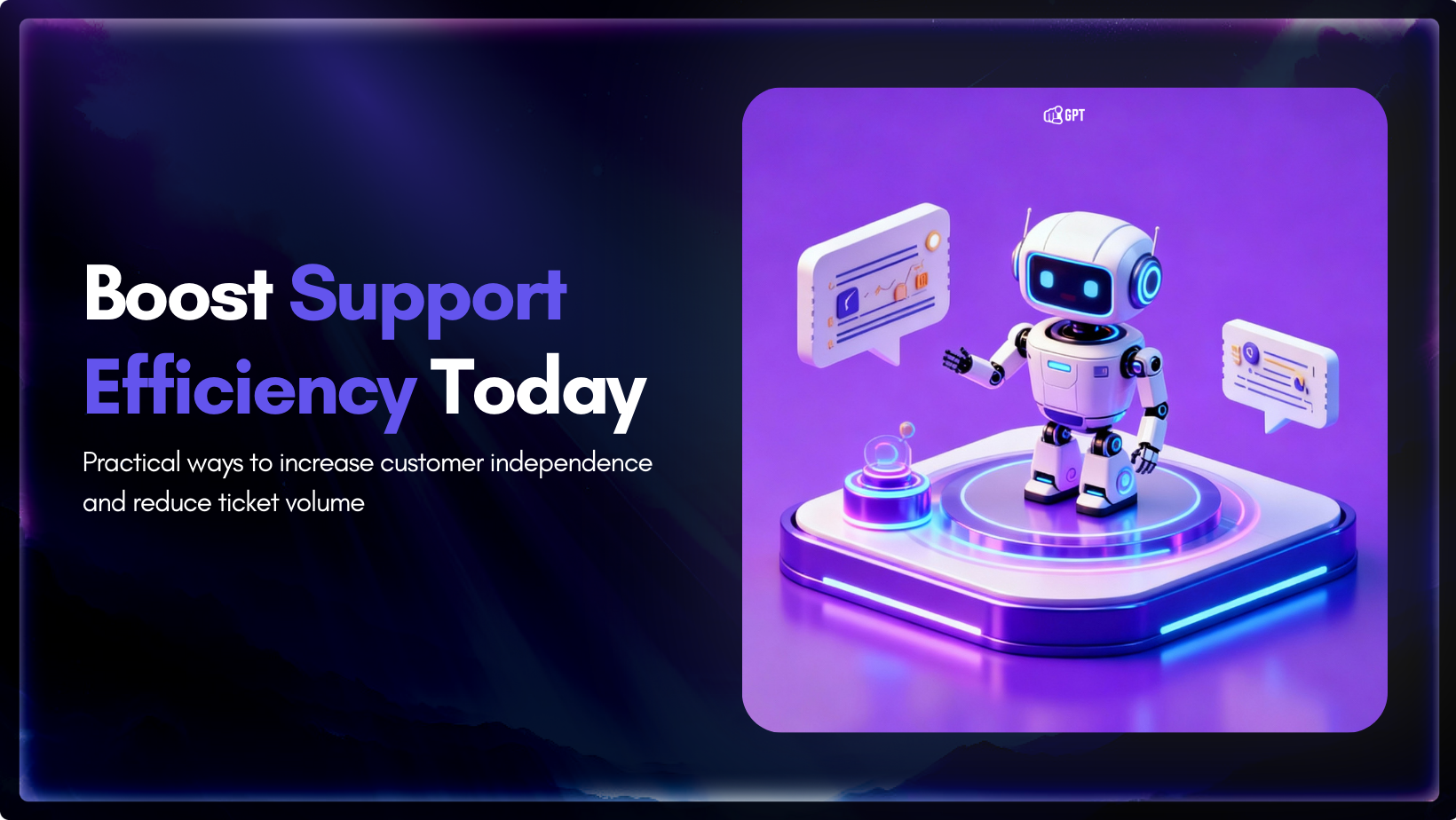
These days, self-service options is the norm for customer support. However, simply having a knowledge base or chatbot is no longer enough. The most important thing is to determine if these tools are effective. Are your customers getting the answers they need? Or are they simply becoming increasingly irate and will eventually contact your support […]

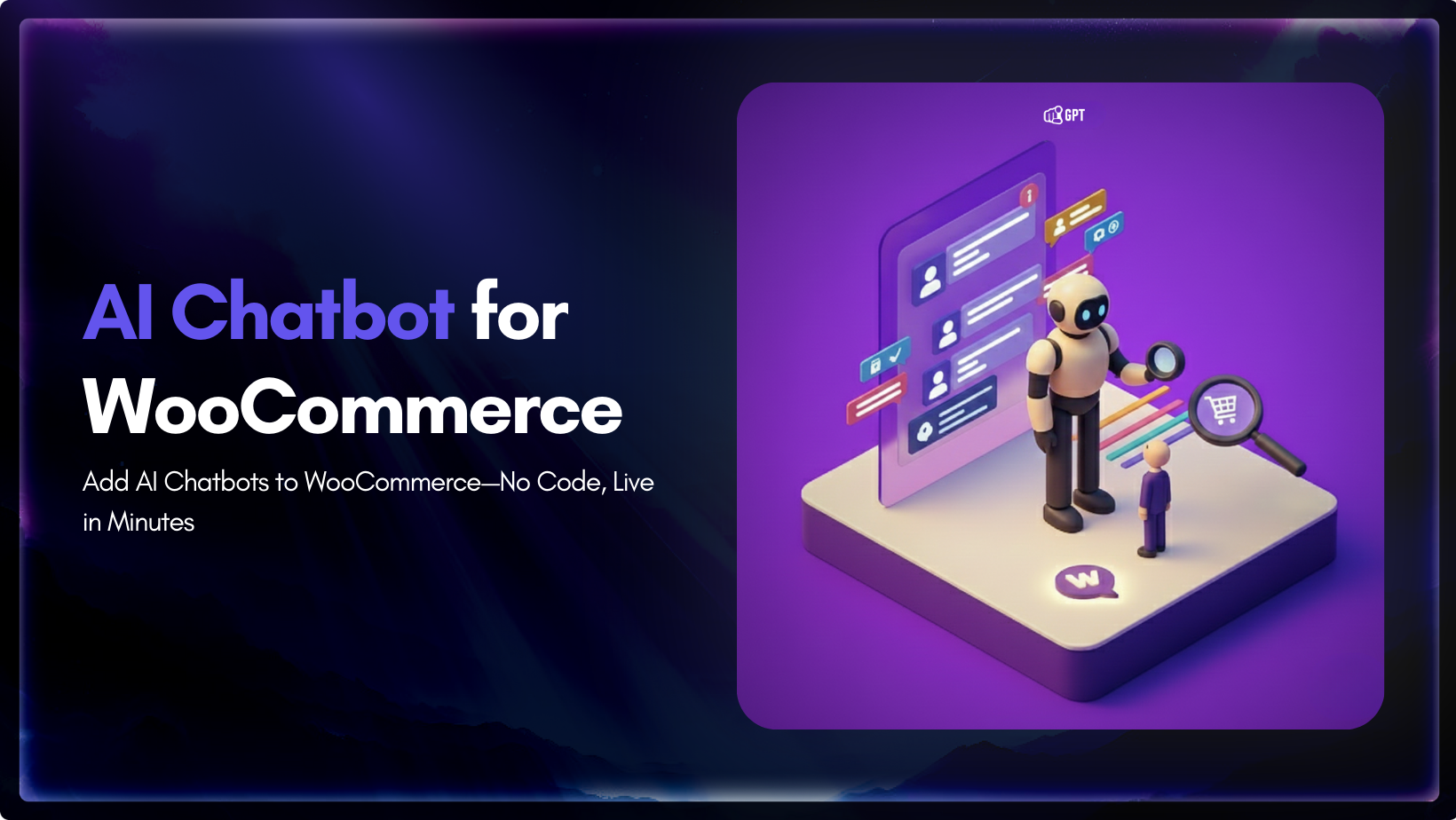
TL;DR An AI chatbot for WooCommerce connects to your store’s database and automatically handles customer questions about orders, inventory, shipping, and returns 24/7. It reduces support tickets by 30-40%, recovers 15-25% of abandoned carts, and answers customers in 100+ languages without requiring human intervention. WooCommerce AI helps when customers leave because they cannot get clarity […]

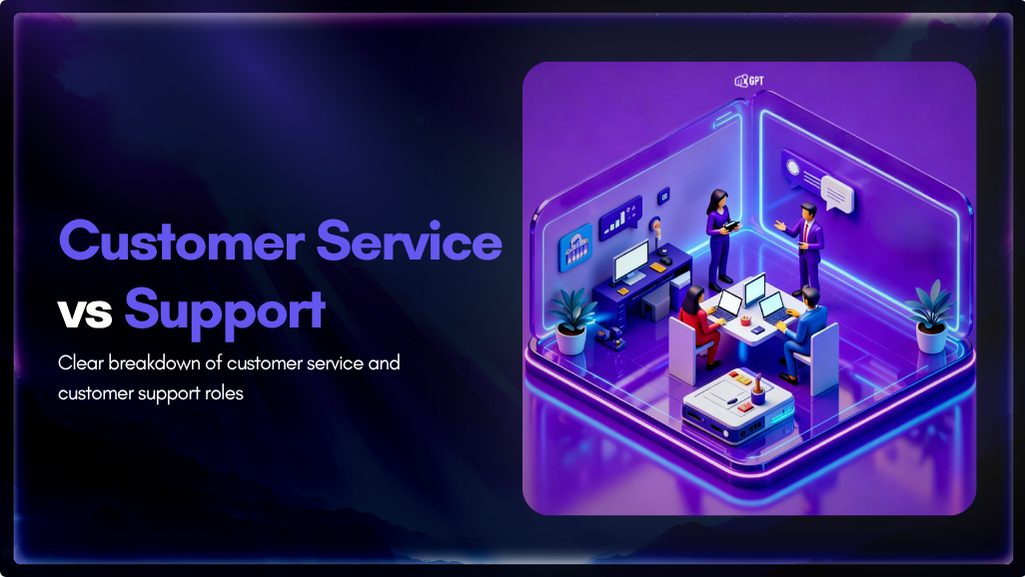
TL;DR Customer service builds relationships, and customer support solves technical issues. When both work together, businesses deliver faster resolutions, higher satisfaction, and stronger customer loyalty. YourGPT automates routine tasks so teams can focus on meaningful customer interactions that create lasting connections. Customer service and customer support are not the same, though most businesses treat them […]

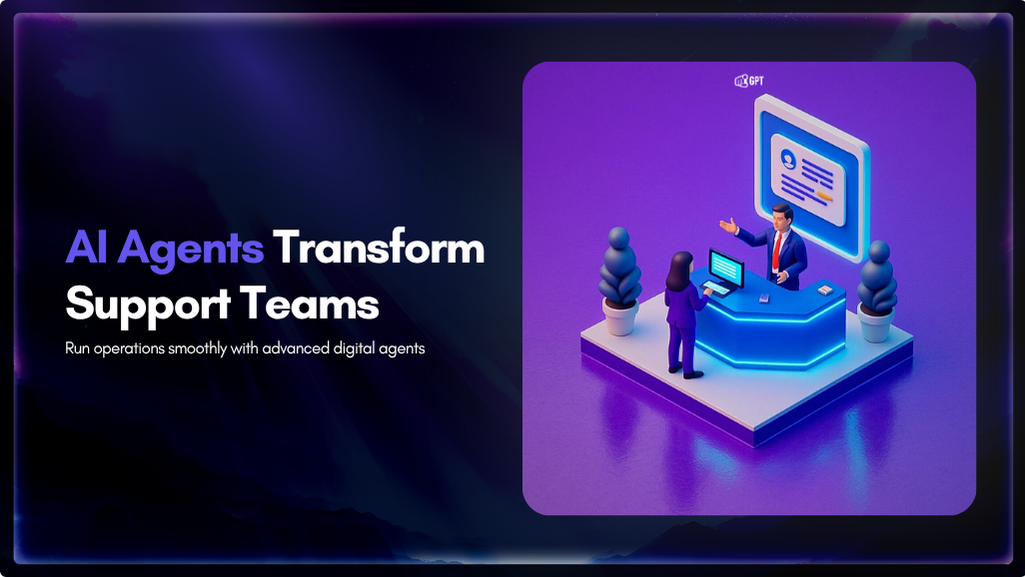
TL;DR Customer Service AI agents now handle most customer queries instantly, work with business systems, and are available all day. They bring context, language support, and clear results—not just lower costs. A customer service AI agent has become a practical solution for modern businesses looking to improve how they help customers. Today’s customers value quick, […]

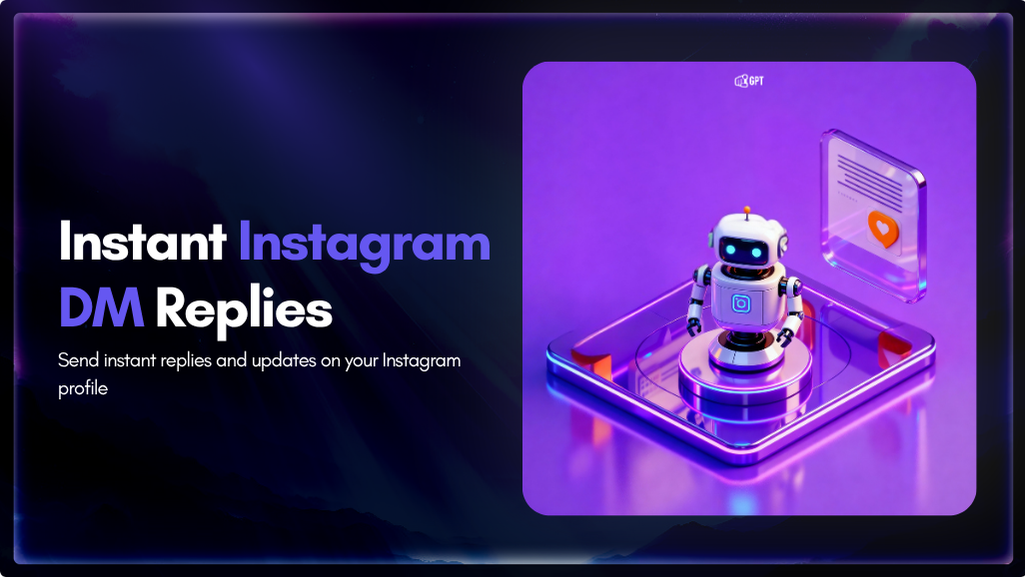
TL;DR Your team can’t keep up once Instagram DMs exceed 50 per day. Response times stretch from minutes to hours. Most messages ask the same questions about shipping, product suggestion, pricing, and returns. AI agents answers these immediately so your team handles complaints, refunds, and complex requests. Setup takes 15 minutes without technical knowledge. Most […]

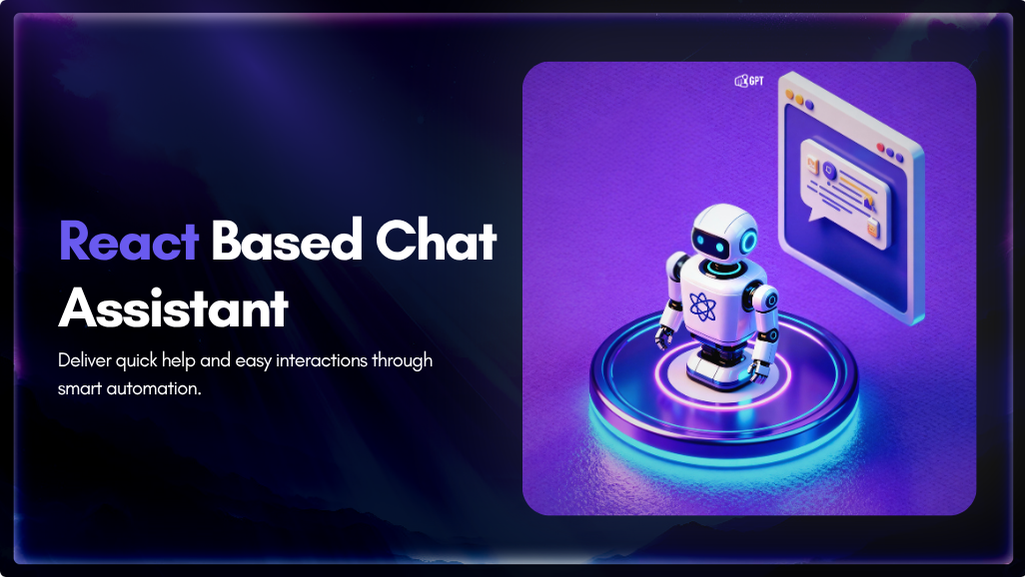
React Native has simplified cross-platform mobile app development, allowing developers to build for both Android and iOS within a unified workflow. As user expectations have changed fast, apps are often required to provide intelligent, context-aware experiences instead of relying solely on visual appeal and smooth navigation. Integrating conversational AI into mobile apps has become essential […]
